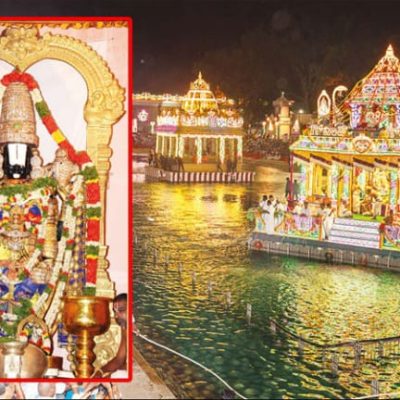Patia Chandrasekhar Mahadeva Temple, Odisha

Address
Patia Chandrasekhar Mahadeva Temple, Odisha
Patia village,
Bhubaneswar, Odisha 751017
Moolavar
Chandrasekhar Mahadeva
Introduction
The Chandrasekhar Mahadeva Temple, located in Patia Village on the southern outskirts of Bhubaneswar, Odisha, India, is a significant place of worship dedicated to Lord Shiva. The Chandrasekhar Mahadeva Temple is situated in Patia Village, which is in the southern outskirts of Bhubaneswar, the capital city of Odisha.
Puranic Significance
- Construction Period: This temple is believed to have been constructed in the 19th century CE, making it relatively modern compared to some of the ancient temples in the region.
- Deity: The primary deity worshiped in this temple is Lord Shiva, and he is enshrined in the form of a Shiva Lingam within a circular yoni pitha. Nandi, the sacred bull and devotee of Lord Shiva, is typically positioned facing the sanctum, as is customary in many Shiva temples.
- Ownership and Maintenance: The Chandrasekhar Mahadeva Temple has a unique ownership arrangement, with private ownership shared among multiple individuals or groups. Despite private ownership, the temple is held in high regard by the local community, and its maintenance is overseen by the Patia Grama Mangali, which could be a local trust or community organization.
- Orientation: The temple is traditionally oriented with its main entrance facing east. In Hindu temple architecture, the east-facing orientation is considered auspicious as it symbolizes the rising sun, representing the source of light and life.
- Architectural Style: The temple exhibits a pidha vimana (towering structure with segmented layers) and a concrete mandapa (hall) in front of the vimana, serving as the jagamohana (assembly hall). The vimana is square in plan and follows the pidha order, which is characteristic of Odisha’s temple architecture.
- Dimensions: The temple’s vimana measures approximately 4.80 meters in height, from the base to the top. It comprises three main architectural sections: the bada (lower portion), gandi (middle portion), and mastaka (crowning element). The bada measures 1.75 meters, the gandi 1.55 meters, and the mastaka 1.50 meters in height.
- Doorjambs: The doorjambs of the temple are artistically decorated and play a significant role in the temple’s aesthetics. They measure 1.20 meters in height and 0.51 meters in width.
- Building Materials: The primary building material used in the temple’s construction is laterite, a common material in Odisha’s temple architecture. The construction technique employed is ashlar masonry with cement plaster.
- Architectural Style: The temple is built in the Kalingan style, which is characteristic of Odisha’s temple architecture and reflects the region’s cultural and artistic heritage.
- Cultural Significance: The Chandrasekhar Mahadeva Temple holds cultural significance in the local community and is associated with various rituals and festivals. Rituals such as Badaosa and Sankranti are observed at this temple.
Century/Period
19th Century
Managed By
Department of Archaeology (DOA)
Nearest Bus Station
Patia
Nearest Railway Station
Bhubaneswar
Nearest Airport
Bhubaneswar








